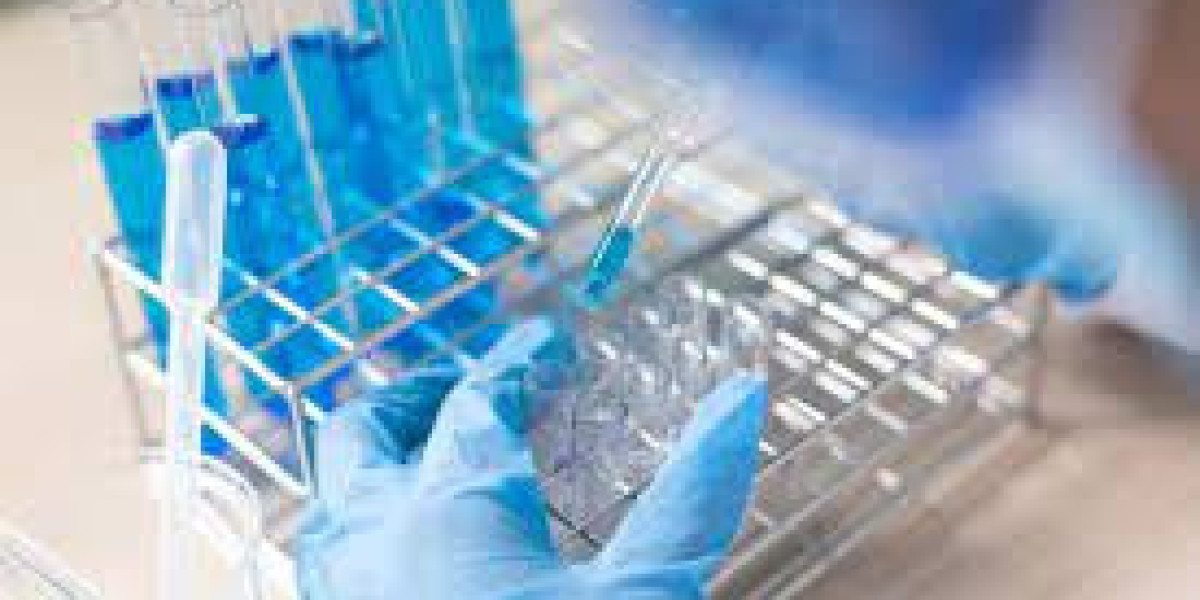In the realm of pharmaceuticals, ensuring the safety and efficacy of drugs is paramount. One critical aspect of this quality assurance process is the detection and analysis of pharmaceutical impurities. These impurities, though present in minute quantities, can have significant implications for patient safety and the overall effectiveness of a drug. Mastering the art of detecting and analyzing pharmaceutical impurities is a complex but essential skill for researchers, scientists, and regulatory authorities. This article delves into various techniques employed in this process, highlighting their principles, advantages, and limitations.
Understanding Pharmaceutical Impurities
Pharmaceutical impurities can arise from various sources, including raw materials, the manufacturing process, and even storage conditions. They can be classified into different categories such as organic impurities, inorganic impurities, and residual solvents. Organic impurities typically include starting materials, intermediates, degradation products, and reaction by-products, while inorganic impurities involve heavy metals and other inorganic substances. Residual solvents, on the other hand, are the remnants of solvents used during the drug manufacturing process.
Detection Techniques
- High-Performance Liquid Chromatography (HPLC)
HPLC is a widely used technique for the detection and quantification of pharmaceutical impurities. It involves the separation of components in a mixture based on their interaction with a stationary phase and a mobile phase. The high sensitivity of HPLC allows for the detection of impurities at low concentrations. Various detectors such as UV-Vis, fluorescence, and mass spectrometry can be coupled with HPLC to enhance its capabilities in impurity analysis.
- Gas Chromatography (GC)
GC is particularly effective in the analysis of volatile organic impurities and residual solvents. This technique relies on the separation of compounds based on their vaporization characteristics. GC is often coupled with mass spectrometry for precise identification and quantification of impurities. However, its application may be limited to volatile and thermally stable compounds.
- Liquid Chromatography-Mass Spectrometry (LC-MS)
Combining the separation capabilities of liquid chromatography with the mass analysis of mass spectrometry, LC-MS is a powerful tool for pharmaceutical impurity analysis. It provides high sensitivity, specificity, and the ability to identify impurities based on their mass-to-charge ratio. LC-MS is especially useful for the detection of complex organic impurities in pharmaceutical formulations.
- Nuclear Magnetic Resonance (NMR) Spectroscopy
NMR spectroscopy is a non-destructive technique that provides valuable information about the structure and composition of pharmaceutical compounds. It is particularly useful in identifying and characterizing impurities, especially those involving changes in molecular structure. While not as sensitive as chromatographic techniques, NMR spectroscopy offers insights into the chemical environment of atoms within a molecule.
- Capillary Electrophoresis (CE)
CE is a separation technique based on the movement of charged particles in an electric field. It is particularly suitable for the analysis of ionic and polar compounds, making it valuable for the detection of inorganic impurities. CE can be coupled with various detectors, such as UV-Vis or mass spectrometry, enhancing its capabilities for impurity analysis.
Analyzing Pharmaceutical Impurities
- Method Development and Validation
Before applying any detection technique, it is crucial to develop and validate the analytical method. This involves optimizing parameters such as column type, mobile phase composition, and detection wavelength. Validation ensures that the method is accurate, precise, and reliable in detecting impurities within specified limits.
- Reference Standards and Libraries
The use of reference standards is essential for accurate identification and quantification of impurities. Establishing a library of reference spectra or chromatograms allows for efficient comparison and characterization of impurities. This aids in confirming the identity of impurities and assessing their impact on drug quality.
- Forced Degradation Studies
Conducting forced degradation studies involves subjecting the drug substance or product to harsh conditions, such as heat, light, and humidity. This accelerates the degradation process and facilitates the identification of potential impurities. The results from these studies provide insights into the stability of the drug and aid in developing robust analytical methods.
- Challenges and Limitations
While these techniques are powerful tools in the arsenal of pharmaceutical analysts, they come with challenges and limitations. Sensitivity to specific types of impurities, matrix effects, and the need for specialized equipment and skilled personnel are common challenges. Additionally, some impurities may be challenging to separate or detect due to their similarity to the main drug component.
Conclusion
Mastering the art of detecting and analyzing pharmaceutical impurities is a multifaceted endeavour that requires a deep understanding of analytical techniques, method development, and regulatory standards. Each detection method has its strengths and limitations, and the choice of technique depends on the nature of the impurities and the specific requirements of the analysis. As the pharmaceutical industry continues to evolve, staying at the forefront of analytical advancements is crucial for ensuring the safety, efficacy, and quality of pharmaceutical products. Researchers, scientists, and regulatory authorities must collaborate to refine existing methods and explore innovative approaches in the ongoing pursuit of mastering the art of pharmaceutical impurity analysis.
For Impurities suppliers in Brazil, rely on trusted sources offering high-quality and certified standards. These specialized suppliers ensure accuracy and reliability, meeting diverse industry needs with a comprehensive range of impurity standards.





